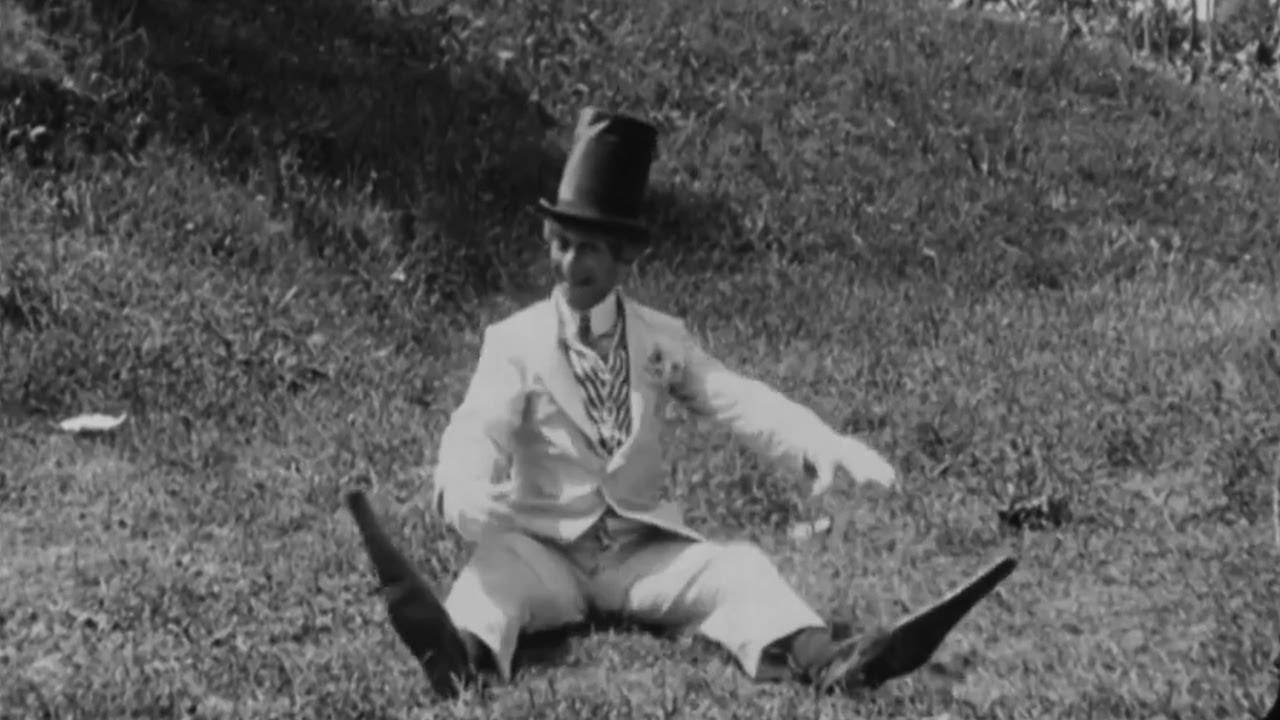Queer Temporalities: Boredom and Bodily Intelligence in Early Italian Slapstick Comedies
Main Article Content
Abstract
The adoption of cross-dressing by male characters in Italian comedy films of the 1910s has previously received little critical attention. Far from being isolated representations of queer behaviour, cross-dressing was more prolific both on-screen (and off) than was previously thought.
Within the early comedy canon lie the male-female cross-dressing films where the narrative is suspended to allow the audience to gaze upon the cross-dressed character. These films offer audiences a trans-perspective as their gaze is directed by the cross-dressed character to the transgendered body. The queerness of these films lies not only is the visibility of the queer characters but also in the productivity of the queerness. The film itself becomes queer as the narrative economy is replaced by a luxuriating of the queer body.
For the spectator a conflict occurs as the cross-dressed character’s visibility, through the materialisation of the body, disrupts the perception of a trans-corpo-reality. Exposure of the cross-dressed character ruptures the heteronormative construction of the cinematic space. In the early Italian comedy films, knowledge of the cross-dressing comic star is the visibility that threatens the transgender character. The queerness of the cross-dressed character in Italian comedy films opens up temporalities and suggests the possibility of different modes of living, and of reading film texts. This paper argues that the popularisation of the cross-dressed male served as a transgressive force that provided an articulation of social tolerance in Italy at a time when gender roles were undergoing renegotiation.
Article Details

This work is licensed under a Creative Commons Attribution 4.0 International License.
Authors who publish with this journal agree to the following terms:
- Authors retain copyright and grant the journal right of first publication with the work simultaneously licensed under a Creative Commons Attribution License that allows others to share the work with an acknowledgement of the work's authorship and initial publication in this journal.
- Authors are able to enter into separate, additional contractual arrangements for the non-exclusive distribution of the journal's published version of the work (e.g., post it to an institutional repository or publish it in a book), with an acknowledgement of its initial publication in this journal.
- Authors are permitted and encouraged to post their work online (e.g., in institutional repositories or on their website) prior to and during the submission process, as it can lead to productive exchanges, as well as earlier and greater citation of published work (See The Effect of Open Access).

